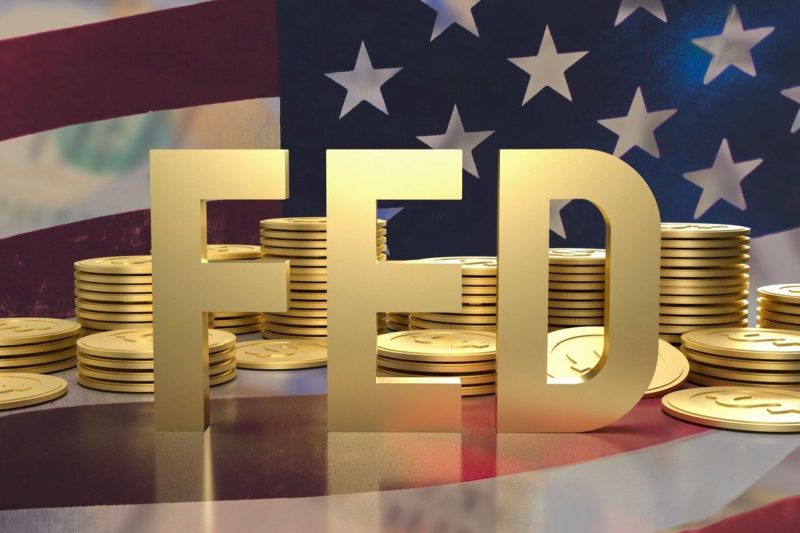Gold, a renowned safe-haven asset, surged to a fresh all-time high recently in response to the Federal Reserve’s decision to cut interest rates. The increase in gold prices following the rate cut highlights the precious metal’s role as a hedge against economic uncertainties and market volatility. However, the subsequent pullback in gold prices underscores the complex relationship between interest rates and gold.
Historically, gold has been seen as a reliable store of value during times of economic turmoil. When interest rates are reduced, investors often flock to assets like gold as a safe haven to protect their portfolios from market volatility. This flight to safety drives up the demand for gold and pushes its price higher. The Federal Reserve’s decision to cut rates can be interpreted as a signal of economic instability, prompting investors to seek refuge in gold.
The recent surge in gold prices amid the rate cut echoes this traditional pattern. As investors anticipated lower interest rates and potential economic uncertainties, they increased their exposure to gold, causing prices to reach a new peak. The rally in gold reflected the market’s perception of heightened risks and the desire to diversify investments with a reliable asset like gold.
However, the subsequent pullback in gold prices following the initial surge highlights the nuances of the relationship between interest rates and gold. While lower interest rates can boost gold prices in the short term due to increased demand, other factors such as market sentiment, inflation expectations, and currency movements also come into play. As the initial impact of the rate cut waned and market dynamics shifted, gold prices retraced from their all-time high.
The fluctuation in gold prices underscores the importance of considering multiple factors when analyzing its performance. While interest rates play a significant role in influencing gold prices, they are just one piece of the puzzle. Global geopolitical tensions, inflation rates, and central bank policies all contribute to the intricate dynamics of the gold market.
In conclusion, the recent uptick and subsequent pullback in gold prices following the Federal Reserve’s rate cut exemplify the complex interplay of factors that drive gold’s performance. While lower interest rates can initially boost gold prices as investors seek safe-haven assets, other variables can influence its trajectory over time. Understanding the multifaceted nature of the gold market is essential for investors looking to navigate the ever-changing landscape of financial markets.

